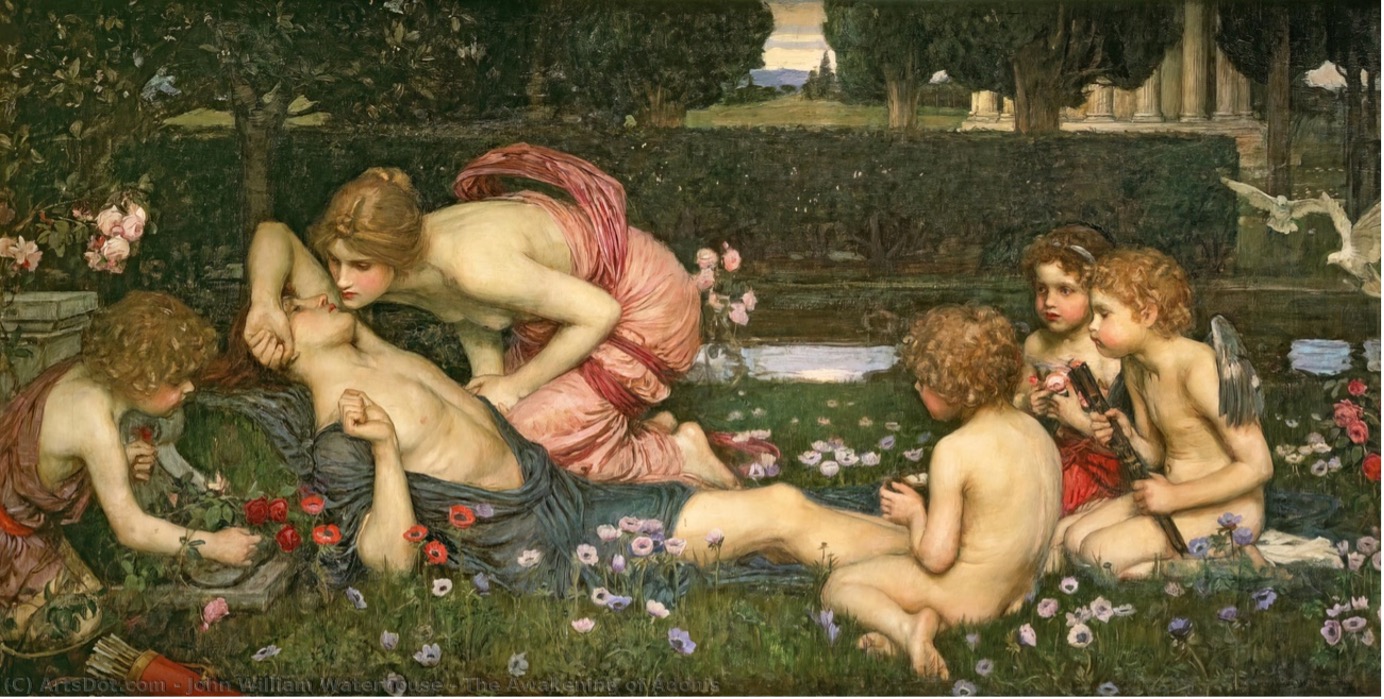Abstract
Very frequently in medical practice, reference is made to the term diabetes mellitus, but we hardly ask ourselves its etymological or historical origin, since it does not correspond to words of the English or Spanish language. The truth is that this concept has been built over the years, since ancient times, to describe a pathological phenomenon that was not yet widely known. From this, it is curious and useful to understand the connotations that different thinkers and scientists have given to the term through a brief investigation of what has already been published in different scientific texts, in order to understand diabetes mellitus not only as a disease with its consequent subclassifications, but as a historical phenomenon that has changed the course of humanity and medical practice to the present.
There are records of the existence of diabetes mellitus from around 1500 BC. that come from different cultures such as Hindu, Egyptian, Greek, Chinese, among others. Over the years, it was possible to recognize and describe the signs and symptoms that characterize it, but there were difficulties in identifying the causes responsible for this condition. The extensive study of this condition by various historical figures has managed to establish different entities and forms of manifestation, such as type 1 and type 2 diabetes, diabetes insipidus, etc., which to date has undergone modifications according to new scientific findings.
References
Conget I. Diagnóstico, clasificación y patogenia de la diabetes mellitus. Rev Esp Cardiol. 2002;55(5):528–35.
MacCracken J, Hoel D. From ants to analogues. Puzzles and promises in diabetes management. Postgrad Med. 1997;101(4):138-40,143-5,149-50
Wikipedia, La enciclopedia libre [Internet]. Wikimedia Foundation, Inc; 2001-2022. Atharvaveda. 2022 Dic 08 [Citado 2022 Jul 12]; [aprox. 1 p.]. Disponible en: https://es.wikipedia.org/w/index.php?title=Atharvaveda&oldid=145245964.
Lakhtakia R. The history of diabetes mellitus. Sultan Qaboos Univ Med J. 2013;13(3):368-70.
Callender G. El renacimiento del Reino Unido (c. 2055-1650 a.C). En: Shaw I, editores. Historia del Antiguo Egipto. Madrid: La Esfera de los Libros; 2007. p.197-240.
Wikipedia, La enciclopedia libre [Internet]. Wikimedia Foundation, Inc; 2001-2022. Papiros de Lahun. 2021 Dic 21 [Citado 2022 Jul 12]; [aprox. 1 p.]. Disponible en: https://es.wikipedia.org/w/index.php?title=Papiros_de_Lahun&oldid=140467290.
Wikipedia, La enciclopedia libre [Internet]. Wikimedia Foundation, Inc; 2001-2022. Papiro Ebers. 2022 Mar 19 [Citado 2022 Jul 12]; [aprox. 1 p.]. Disponible en: https://es.wikipedia.org/w/index.php?title=Papiro_Ebers&oldid=142371134.
Karamanou M, Protogerou A, Tsoucalas G, Androutsos G, Pulakou-Rebelakou E. Milestones in the history of diabetes mellitus: The main contributors. World J Diabetes. 2016. 7(1):1-7.
Loukas M, Lanteri A, Ferrauiola J, Tubbs RS, Maharaja G, Shoja MM, et al. Anatomy in ancient India: a focus on the Susruta Samhita. J Anat. 2010;217(6):646-50.
Wikipedia [Internet] Wikimedia Foundation, Inc; 2001-2022. Hipócrates; 2022 May 22. [citado 2022 Jul 12]. Disponible en: https://es.wikipedia.org/w/index.php?title=Hip%C3%B3crates&oldid=143715960.
Adams, F. The Genuine Works of Hippocrates. New York: Sydenham Society; 1849.
Ponte Hernando FJ. La Diabetes Mellitus en la época y en la obra de Roberto Nóvoa Santos (1885-1933): Un análisis Histórico-Médico [Tesis]. España: Universidade da Coruña; 2011.
Wikipedia, La enciclopedia libre [Internet]. Wikimedia Foundation, Inc; 2001-2022. Aulo Cornelio Celso; 2022 May 27 [citado 2022 Jul 12]; [aprox. 2 p.]. Disponible en: https://es.wikipedia.org/w/index.php?title=Aulo_Cornelio_Celso&oldid=143821399.
Wikipedia, La enciclopedia libre [Internet]. Wikimedia Foundation, Inc; 2001-2022. Zhang Zhong Jing; 2019 Ago 12 [citado 2022 Jul 12]; [aprox. 1 p.]. Disponible en: https://es.wikipedia.org/w/index.php?title=Zhang_Zhong_Jing&oldid=118186358.
Romero Reverón R. Rufus de Éfeso (I d.C.), Médico y Anatomista Greco-romano. Int. J. Morphol. 2013;31(4):1328-30.
Campohermoso Rodríguez OF, Soliz Soliz RE, Campohermoso Rodríguez O, Zúñiga Cuno W. Galeno de Pérgamo “Príncipe de los Médicos”. Cuad. Hosp. Clín. 2016;57(2):85-93.
Ocampo J. AVICENA: Médico árabe medioeval. An. Fac. Med. 1999;60(4):298-303.
Dejo-Bustíos HA. Avicena, médico filósofo y paradigma de la cultura musulmana. Rev Soc Peru Med Interna. 2012;25(2):92-97.
Díaz Rojo JA. El término diabetes: aspectos históricos y lexicográficos. Panace@. 2004;5(15): 30-36.
Wikipedia [Internet] Wikimedia Foundation, Inc; 2001-2022. Areteo de Capadocia; 2022 Mar 14. [citado 2022 Jul 13]. Disponible en: https://es.wikipedia.org/w/index.php?title=Areteo_de_Capadocia&oldid=142262285-.
Laios K, Karamanou M, Saridaki Z, Androutsos G. Aretaeus of Cappadocia and the first description of diabetes. Hormones (Athens). 2012;11(1):109–113.
Ballano A. Diccionario de Medicina y Cirugía.7^a ed. Madrid: Imprenta Real; 1805.
Villanueva-Meyer M. Thomas Willis (1621-1675): pionero de las neurociencias de vigencia universal. Galenus. 2011; 23: 52-23.
Campohermoso-Rodriguez OF, Solíz-Solíz RE, Campohermoso-Rodriguez O, Flores-Huanca RI, Huallpara-Solíz V. Tomas Willis, neuroanatomista y padre de la neurología. Cuad. - Hosp. Clín. 2019;60(2):74-81.
MacFarlane IA. Mathew Dobson of Liverpool (1735-1784) and the history of diabetes. Pract. Diabetes. 1990;7(6):246-8.
Sánchez Rivero G. Historia de la Diabetes. Gac Med Bol. 2007;30(2):74-8.
Marble A. John Rollo. Diabetes. 1956;5(4):325-7.

This work is licensed under a Creative Commons Attribution 4.0 International License.
Copyright (c) 2022 Médicas UIS
